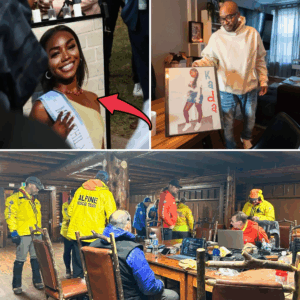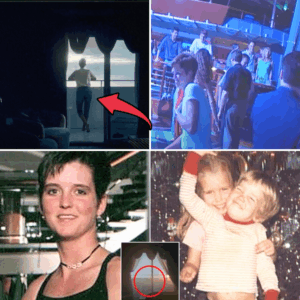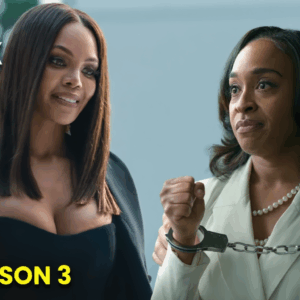Could go either way…
The Witcher showrunner Lauren S Hissrich recently told Digital Spy that”everyone is happy with Henry Cavill in a bathtub,” and yep, she’s not kidding.
In the spirit of Christmas, Geralt’s bathtub meme truly is the gift that keeps on giving. Gamers love this scene because it pays direct homage to an iconic moment from The Witcher games, and people with eyes love it too because, well, just look at it.
While we specifically have Yennefer to thank for running that bath in episode five, there’s another character on the show who is probably grateful too, and that’s Jaskier, the Bard.
The Witcher never states outright that Joey Batey’s character is queer, but it’s clear to LGBTQ+ audiences that he’s queer-coded at the very least.
Throughout the first season, Jaskier follows Geralt obsessively around like a lost puppy, singing songs to praise him while also relying on The Witcher’s protection when needed.
In episode six, the pair even share a lovers’ tiff of sorts after it’s made clear that the Bard disapproves of Geralt’s romantic interest in Yennefer.
And then there’s the specific language Jaskier uses too. How often would a “friend” say something like, “Oh, you usually just let strangers rub chamomile onto your lovely bottom?” Lovely. Bottom.

Katalin Vermes//Netflix
When we asked Hissrich about Jaskier’s relationship with Geralt, the showrunner denied any deliberate homoerotic undertones, stating instead that it’s “just an example of male friendship”.
“These are men who… one of them is very passionate, and very creative, and is able to express his feelings; and one is not at all… But they both ultimately love each other very much.”
Words like “passionate” and “creative” have been stereotypically associated with queerness in the past, and even now, traits seen as more ‘effeminate’ are often used to code male characters as queer without labelling them as such outright.
This content is imported from x. You may be able to find the same content in another format, or you may be able to find more information, at their web site.
Such coding isn’t necessarily intentional. Even though Hissrich and The Witcher team might not have intended Jaskier to seem overtly queer, LGBTQ+ audiences have trained themselves to read between the lines after a lifetime of limited representation on screen, actively seeking out characters they can identify with.
In that sense, it doesn’t actually matter if Jaskier is supposed to be queer or not. The point is that LGBTQ+ viewers are still likely to identify him as such, and even ship him with Geralt.
Funnily enough, Jaskier’s name actually means “Buttercup” in Polish, but the English translation was changed to Dandelion in the games because Buttercup was deemed too feminine. Perhaps to further distance his character from queer labels, the Bard of the games is also a renowned womaniser, thereby “legitimising” his close relationship with Geralt for non-queer fans.

Netflix
The show briefly touches on this too, but far more attention is given to his “friendship” with Geralt, including multiple scenes where The Witcher takes a bath while Jaskier watches from close by.
In the games, LGBTQ+ representation is more openly addressed, but it’s still a mixed bag.
The Witcher 3 includes a character named Mislav who ran off to live in seclusion after his male lover died by suicide. While the negative consequences of their relationship might be historically accurate, the various dragons and monsters included in this franchise are not, so the writers could have easily avoided the nasty cliché of associating one of the game’s few queer relationships with tragedy.
On the plus side, Ciri herself is bisexual, and at one point, she even shared a meaningful relationship with another woman called Mistle. While this isn’t explored much in the games, The Witcher could address Ciri’s sexuality in season two, which would help flesh out her character while also improving LGBTQ+ representation on the show as a whole.
Aside from Jaskier’s queer-coding, there are no significant LGBTQ+ characters whatsoever in season one — and viewers who aren’t familiar with other versions of the story would have no idea Freya Allan’s character is canonically queer too.
While it’s commendable that The Witcher is more racially diverse than ever on screen, it would mean a lot to see out LGBTQ+ characters in this world as well. After all, there’s more to the queer community than nameless lesbians making out in an orgy, and there’s more to the show’s fanbase than just straight viewers.
This content is imported from poll. You may be able to find the same content in another format, or you may be able to find more information, at their web site.
Hissrich was right to say that “everyone is happy with Henry Cavill in a bathtub,” and that includes all the LGBTQ+ fans who would love to see themselves represented on the show. Toss a coin to your Witcher? Try tossing some quality representation our way next time too, please.
The Witcher is now streaming worldwide on Netflix.




